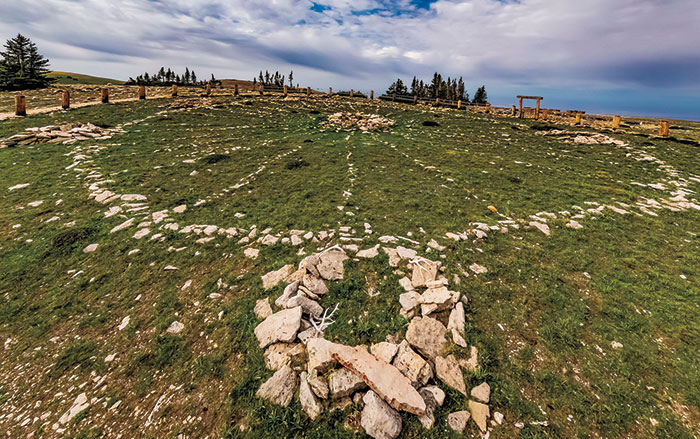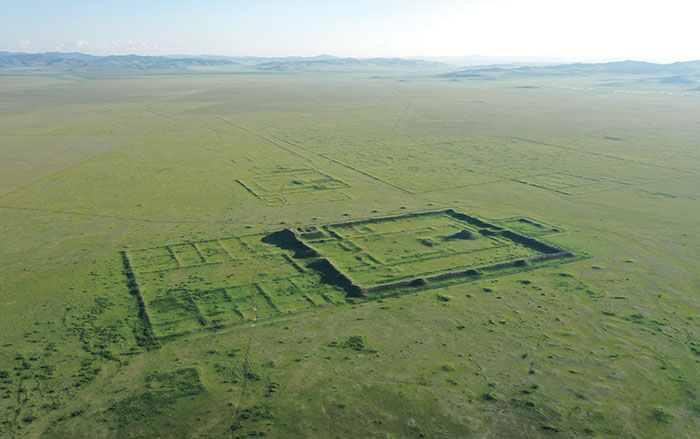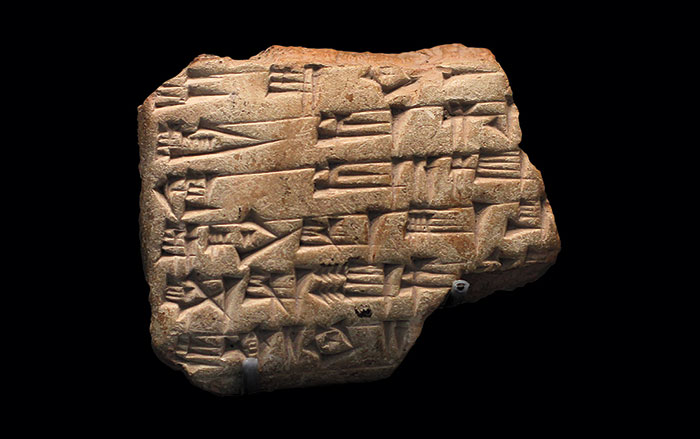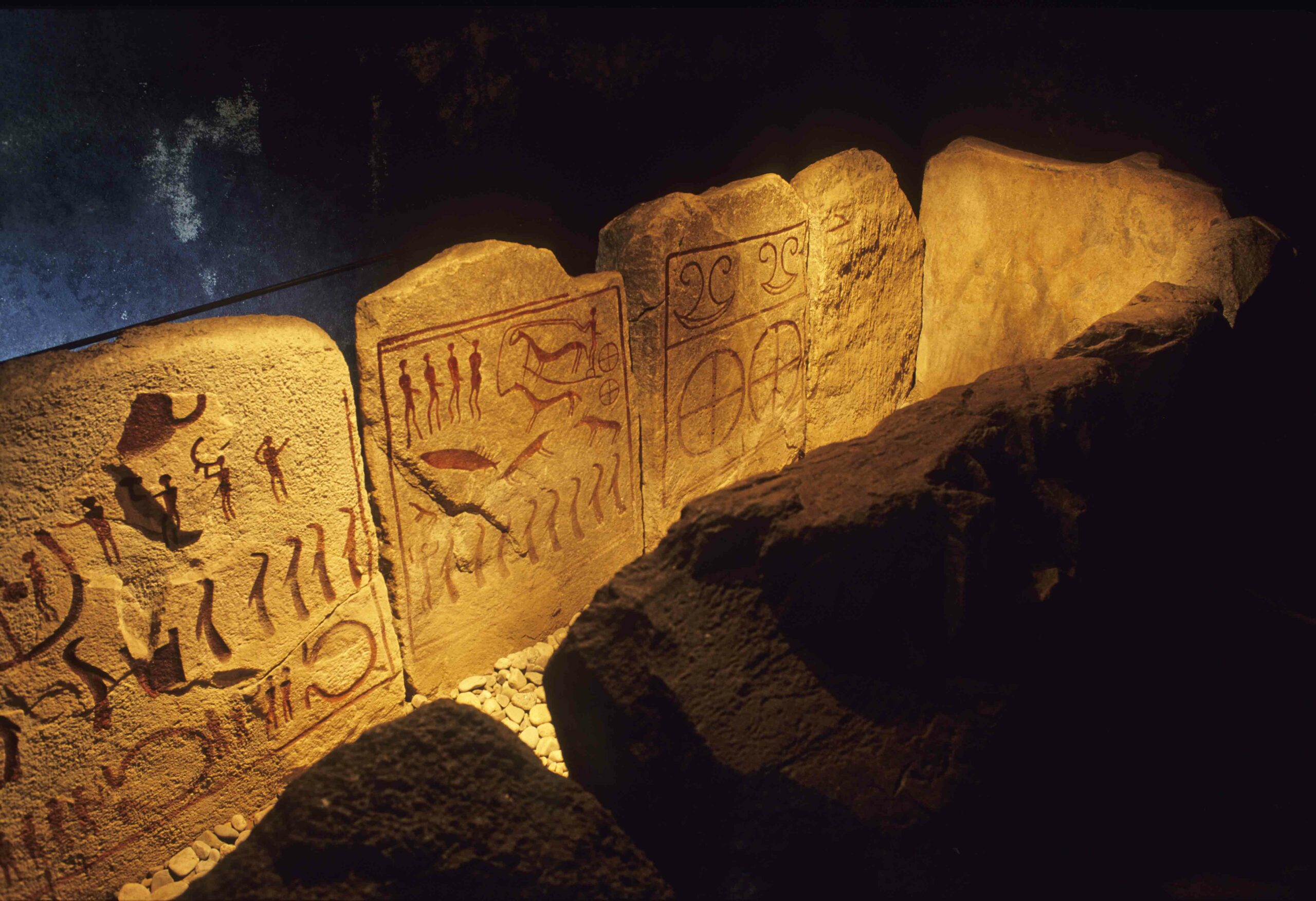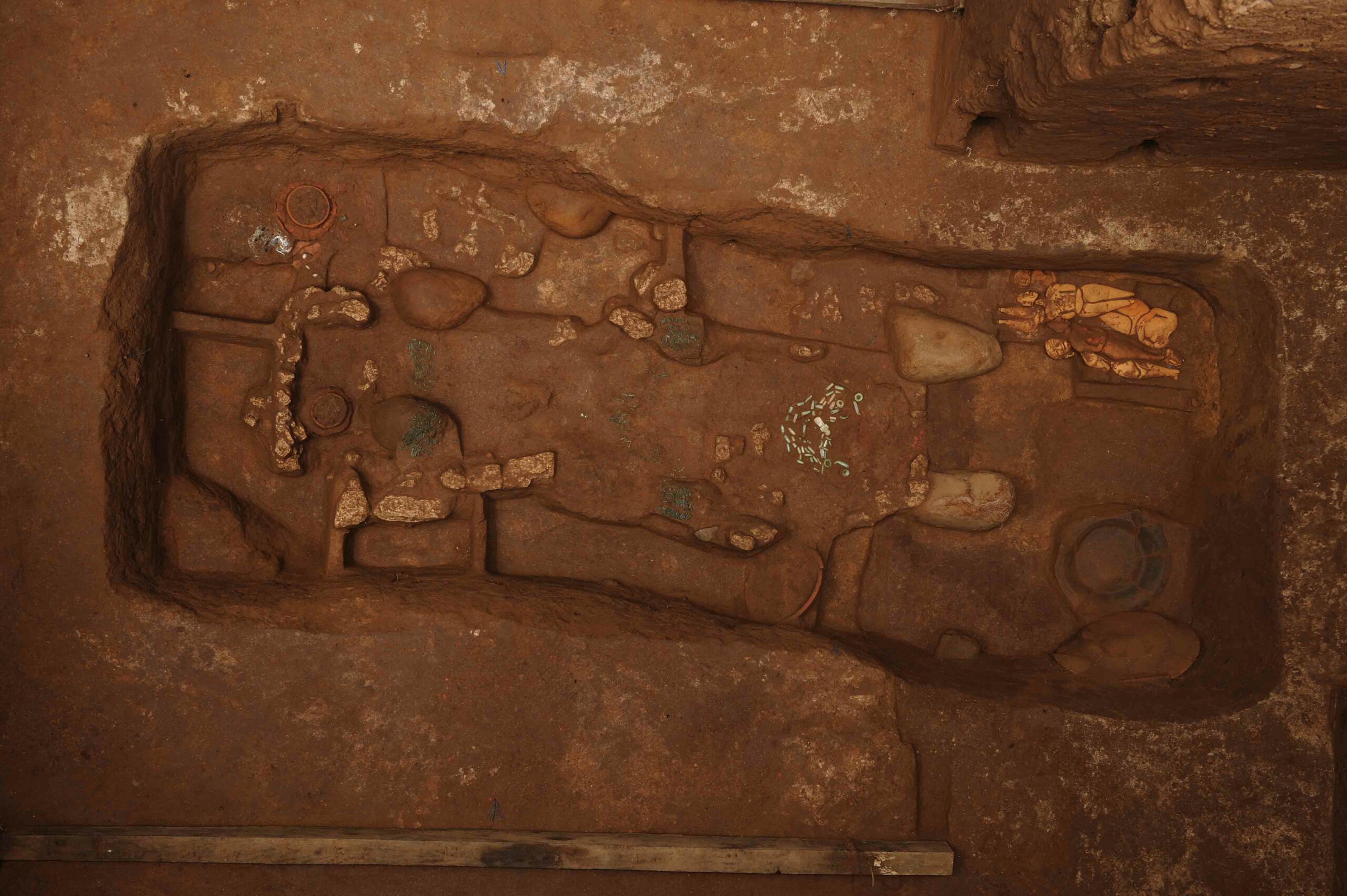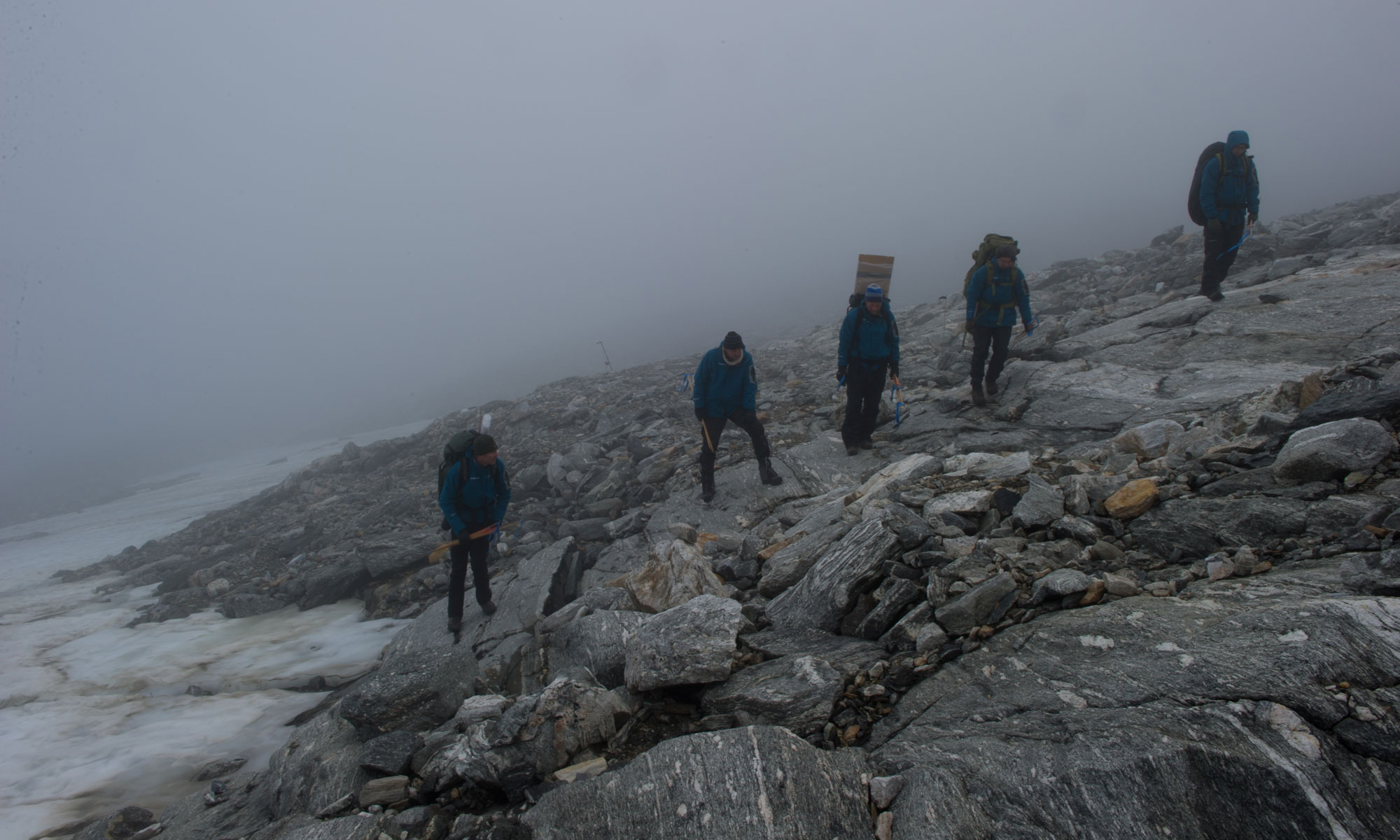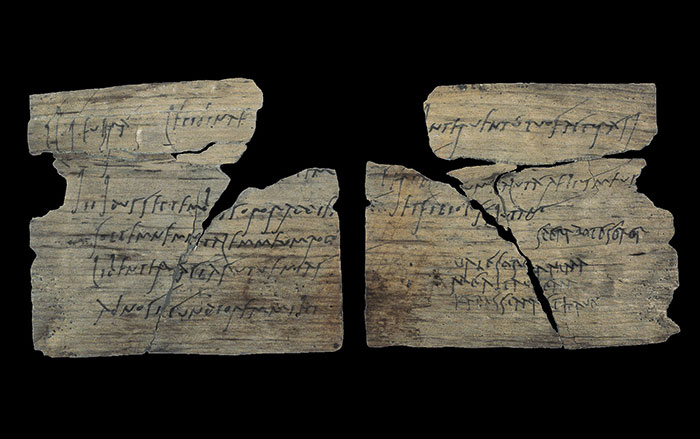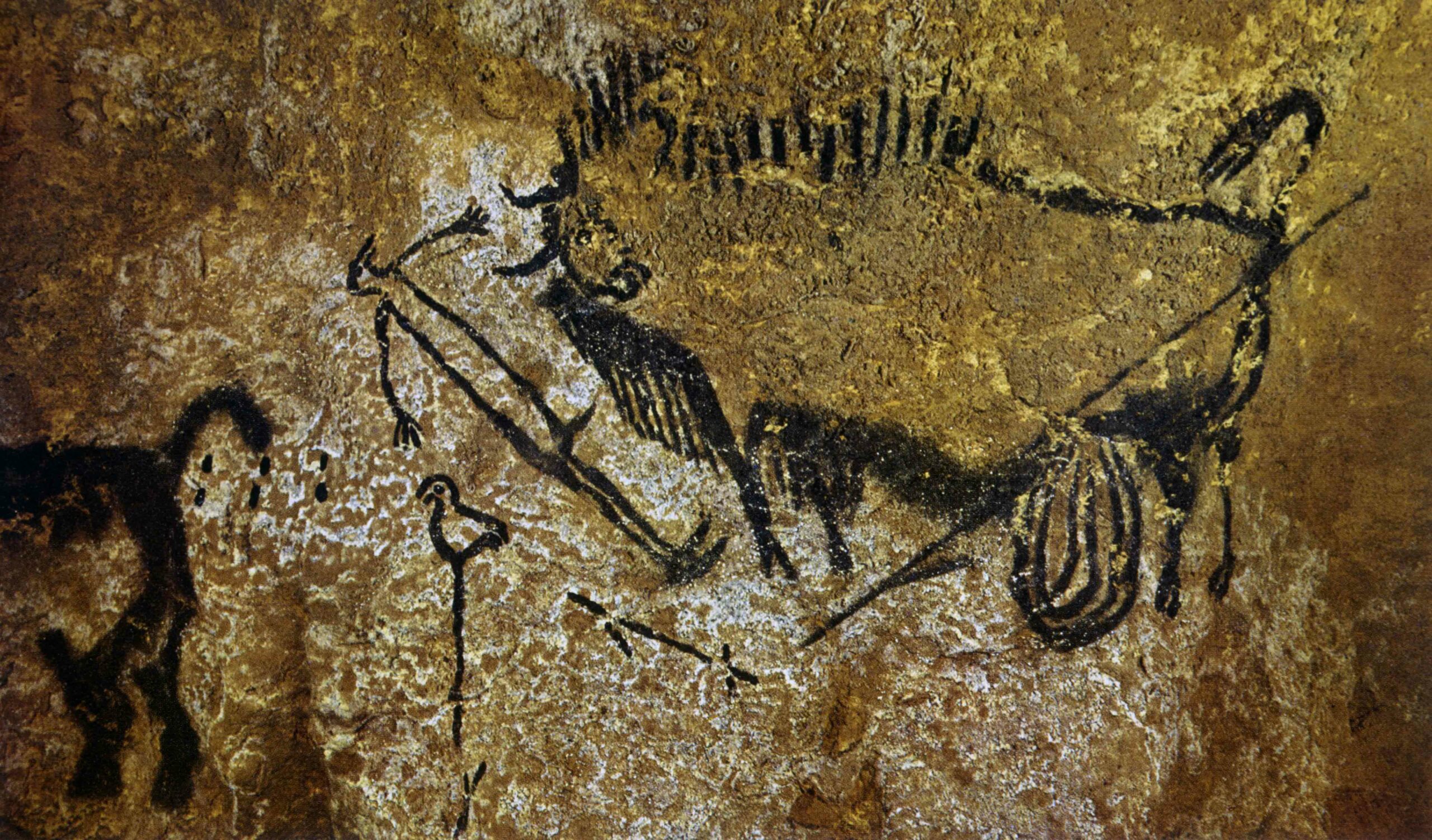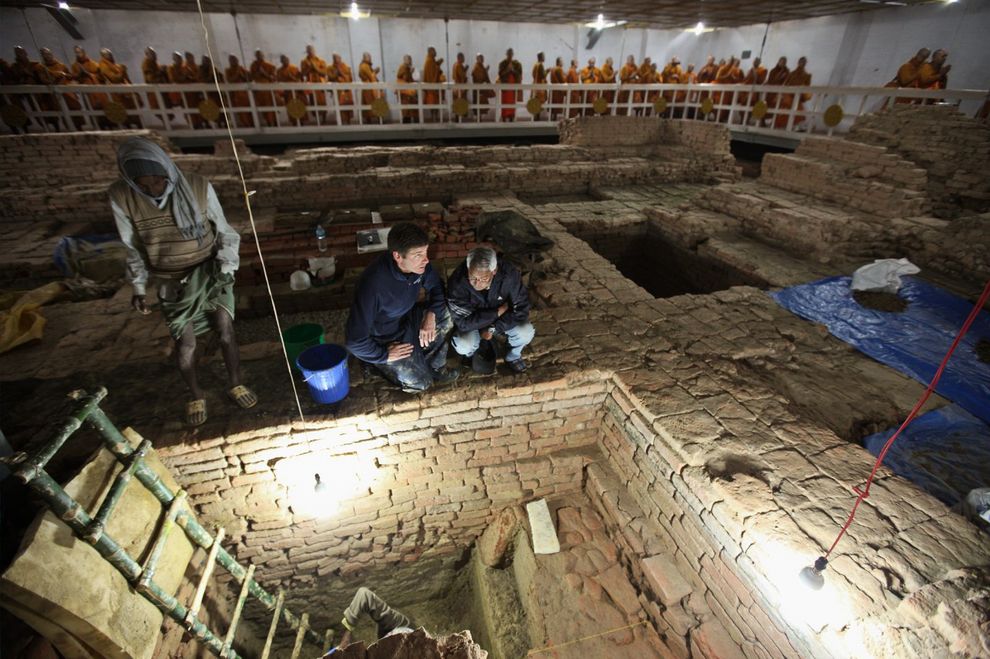
KATMANDU, NEPAL—Excavations at the Maya Devi temple, the legendary birthplace of the Buddha in Lumbini, Nepal, have revealed wooden structures beneath the brick temple built by the Indian emperor Ashoka in 249 B.C. Postholes suggest that the earlier shrine consisted of a wooden railing surrounding a tree whose mineralized roots were also uncovered. The structure had clay floors and was open to the sky. Known as bodhigara, similar tree shrines are found in older Indian traditions as places for sacrifices, but this site lacked any signs of offerings. Charcoal from the postholes and optically stimulated luminescence dating of the soil indicate that the wooden shrine dates to 550 B.C. “What we have got is the earliest Buddhist shrine in the world,” said Robin Coningham of Durham University.


